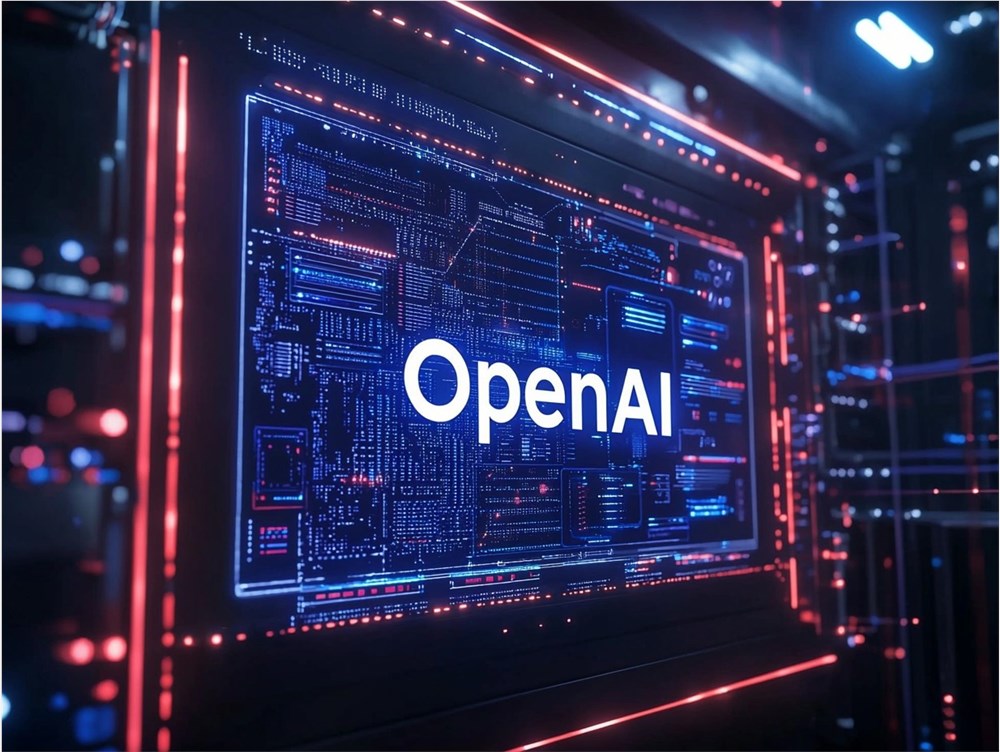On April 15th, OpenAI released a prompting guide for GPT-4.1, offering developers comprehensive advice and best practices to build and optimize AI applications more efficiently. This guide details GPT-4.1's features and provides a range of techniques, from fundamental principles to advanced strategies, to help developers harness the model's power.
GPT-4.1, OpenAI's latest language model, shows significant improvements in coding, instruction following, and long-context processing compared to its predecessors. Its stricter, more literal instruction following makes it particularly sensitive to clear and concise prompts. Developers need to adjust their prompting techniques to adapt to GPT-4.1's characteristics. To this end, OpenAI provides best practices for prompt engineering, including core principles, example strategies, and application tips.
Core prompting principles emphasize clear instructions, structured input, avoiding ambiguity, role-setting, and step-by-step guidance. These principles help developers create clear, effective prompts that guide the model to produce high-quality outputs. For instance, clear instructions require developers to articulate task goals precisely, avoiding vagueness; providing structure suggests using examples and templates to define the expected output format, helping the model better understand task requirements.

Regarding prompt strategy examples, OpenAI offers several advanced techniques, such as Few-shot examples, Chain-of-Thought prompting, iterative refinement, internal monologue, and critique and revision. These strategies help developers guide the model toward deeper thinking and more accurate outputs in complex tasks. For example, Few-shot examples guide the model to learn task structure by providing multiple input/output examples; Chain-of-Thought prompting guides the model to reason logically step-by-step, particularly useful for complex problems.
The application tips section provides practical advice, such as using specific phrasing to induce better reasoning, including clear format descriptions and examples when limiting model output to a specific format, and clearly outlining the requirements for each stage of multi-step tasks. These tips help developers use GPT-4.1 more flexibly in real-world applications, improving model performance.
Furthermore, OpenAI provides detailed guidance on agent workflows, long-context support, chain-of-thought, and instruction-following capabilities. For example, in agent workflows, it suggests including persistent reminders, tool usage reminders, and planning prompts in all agent prompts to fully leverage GPT-4.1's agent capabilities. The long-context support section explains how to effectively utilize GPT-4.1's 1 million token input window and how to guide the model to plan and reason through prompting.
The release of this guide marks a significant step forward for OpenAI in advancing AI development and application. By providing detailed prompt engineering advice, OpenAI helps developers better understand and utilize GPT-4.1, fostering the creation of more innovative applications. With the increasing adoption of GPT-4.1, this guide is poised to become an essential resource for the developer community, empowering them to achieve greater breakthroughs in the AI field.
Official Documentation:https://github.com/openai/openai-cookbook/blob/main/examples/gpt4-1_prompting_guide.ipynb









